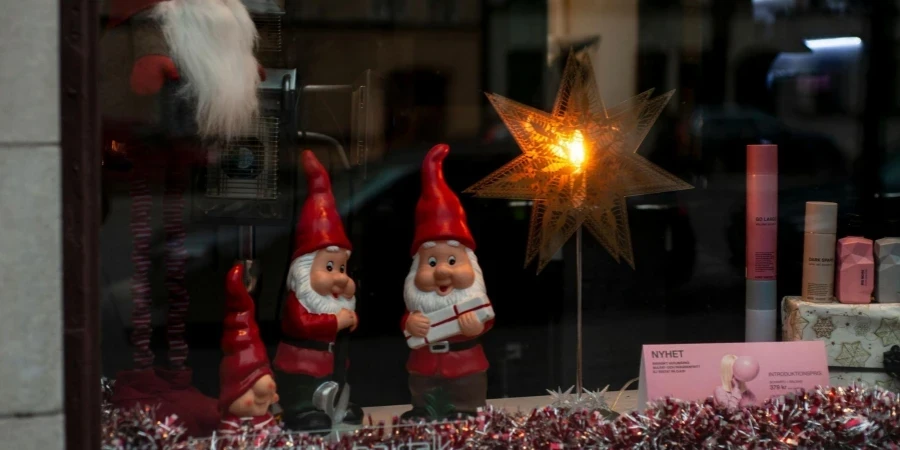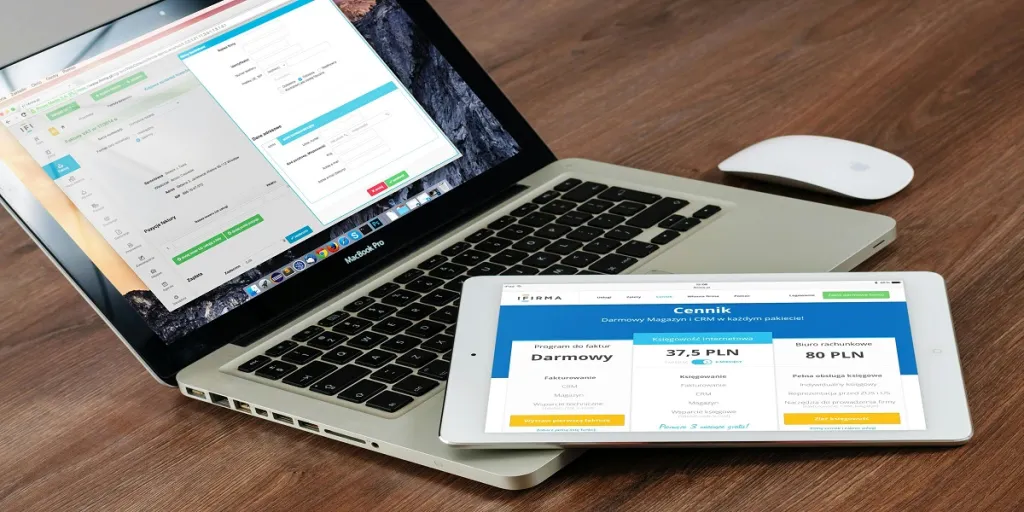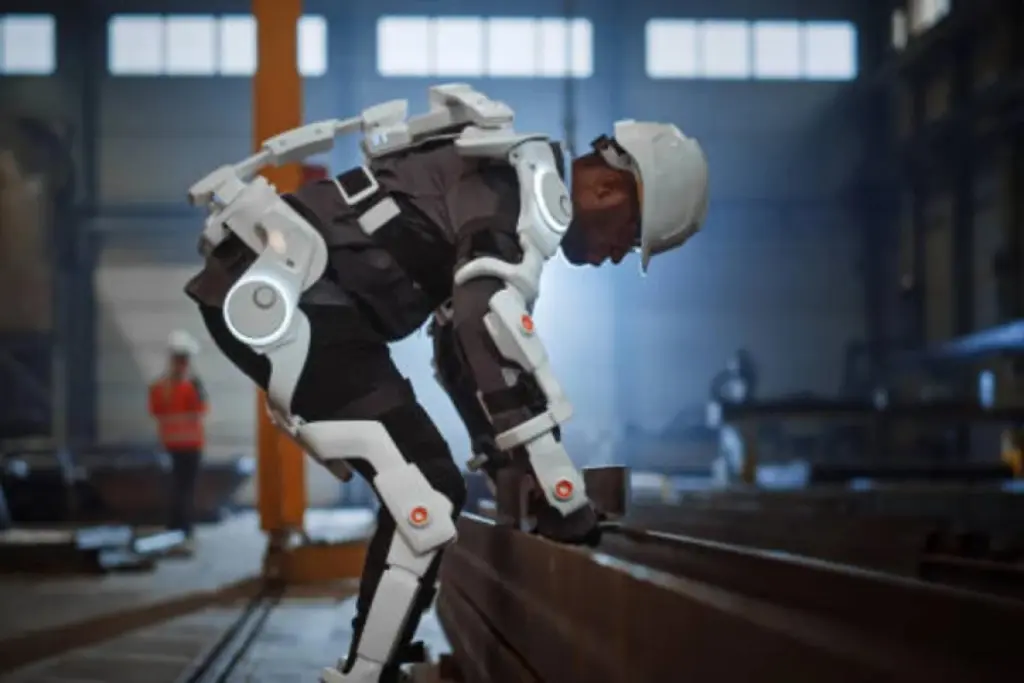Table of Contents
Introduction: The Great Holiday Paradox of 2024
1. The Price-Performance Tightrope: When Frugality Meets Fantasy
Data-Driven Reality Check
2. Nostalgia 2.0: How IP Collaborations Became Emotional Time Machines
The Science of Sentiment
3. Retail Theater: When Stores Become Story Stages
The Immersion Imperative
4. The Laughter Prescription: Why Absurdity Sells in Stressful Times
Humor as Cognitive Relief
5. Digital-Physical Alchemy: Crafting Surreal Shared Realities
The Rise of “Phygital” Rituals
Conclusion: The New Rules of Holiday Enchantment
Introduction: The Great Holiday Paradox of 2024
This year’s holiday shopping season presents a fascinating contradiction: Consumers are scrutinizing prices like forensic accountants, yet craving magical experiences that transcend transactional exchanges. With 67% of global shoppers prioritizing cost over quality (Salesforce, 2024) and a compressed 5-day-shorter shopping window between Black Friday and Christmas Eve, brands face a dual mandate—deliver value while creating moments that linger in memory long after gift wrap is recycled.
But innovative companies aren’t just surviving this paradox—they’re weaponizing it. Let’s explore how 2024’s holiday campaigns are blending commerce with emotional alchemy.
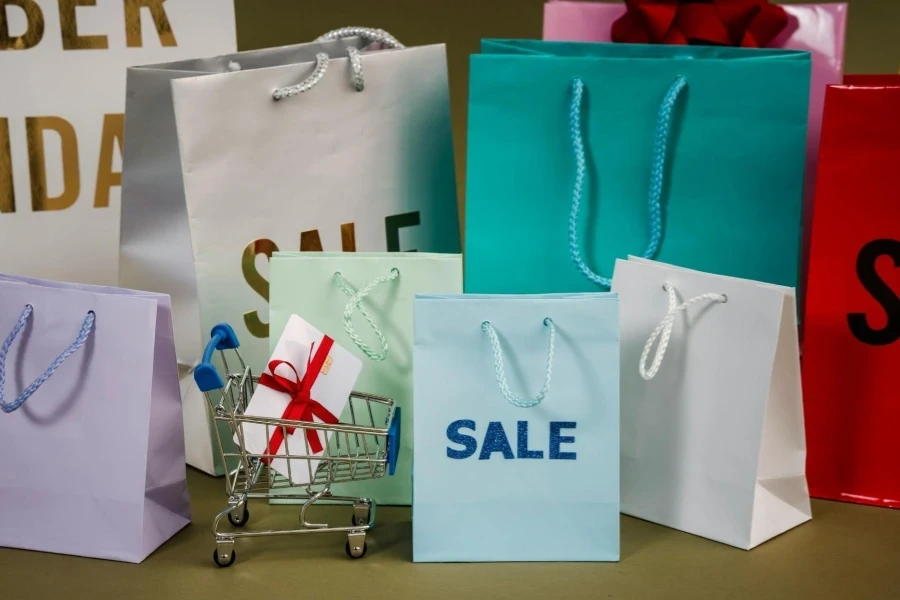
1. The Price-Performance Tightrope: When Frugality Meets Fantasy
Data-Driven Reality Check
- The Inflation Hangover: 58% of U.S. consumers started holiday budgeting in July (McKinsey, 2024), with 43% using price-tracking apps like Honey’s new “Deal Prophet” AI to predict discount patterns.
- The Experiential Escape: Contrary to expectations, Deloitte reports a 16% surge in spending on concerts and luxury pop-up dining events—proof that budget-conscious shoppers still prioritize “investment in joy.”
Case Study: Target’s “Budget Wizardry” Campaign
Target reimagined price matching as a game through its AR app feature “Gift Quest.” Shoppers hunt virtual elves hidden in stores to unlock:
- Instant coupons (e.g., “15% off toys for finding Jingle the Elf near aisle 7”)
- Mini-games converting savings into donations (Users who saved $50+ could “unfreeze” a virtual Snow Globe Village, triggering real $5 donations to food banks).
Result: 28% increase in app engagement vs. 2023, with 61% of players spending more time in-store (Target Internal Data, Nov 2024).
2. Nostalgia 2.0: How IP Collaborations Became Emotional Time Machines
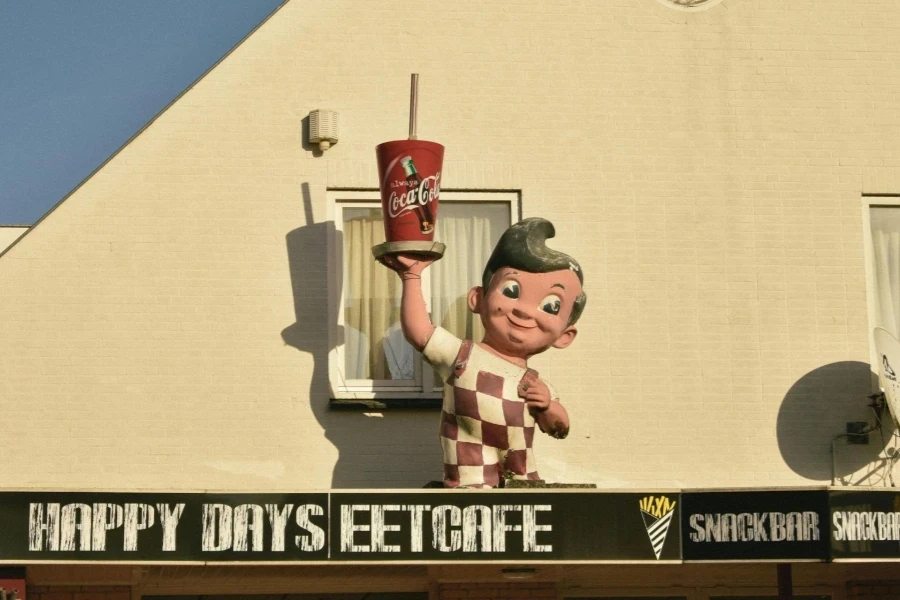
The Science of Sentiment
NeuroMarketing Labs’ 2024 fMRI study revealed that exposure to childhood IPs (e.g., Care Bears, Pokémon) activates the brain’s nucleus accumbens 3x faster than new brands—a dopamine rush brands are eagerly monetizing.
Innovation Spotlight: Barbour × Shaun the Sheep’s “Baa-ristocrat Revolution”
British heritage brand Barbour didn’t just slap Shaun the Sheep on jackets. They:
- Created limited-edition waxed jackets with wool-lined pockets containing NFC chips
- Chips unlocked exclusive animated episodes where Shaun “steals” a Barbour tractor coat to survive a comedic blizzard
- Physical pop-ups featured AR sheeps grazing in store windows, bleating iconic lines when scanned
Impact: 92% sell-through in 48 hours, with resale prices hitting 4x retail on StockX (Hypebeast, Dec 2024).
3. Retail Theater: When Stores Become Story Stages
The Immersion Imperative
PWC’s 2024 survey found that 68% of Gen Z shoppers equate “boring retail” with “unreliable brands.” The response? Physical spaces doubling as narrative playgrounds.
Case in Point: Sephora’s “Beauty and the Feast” Experience
In a cheeky nod to Disney’s live-action remakes, Sephora transformed stores into:
- Interactive dining tables where makeup palettes doubled as “appetizers” (swatching eyeshadows triggered scent diffusers of corresponding flavors—e.g., chocolate-scented brown hues)
- A “Dessert Camera” mirror that applied virtual makeup matching users’ dessert choices (choose “tiramisu” lips or “macaron” blush)
- Checkout converted into a “Chef’s Tasting Menu” with beauty advisors as “sous chefs” recommending product “pairings”
Outcome: 41% higher basket size vs. online orders, with TikTok #SephoraFeast videos amassing 890M views (Glossy, Dec 2024).
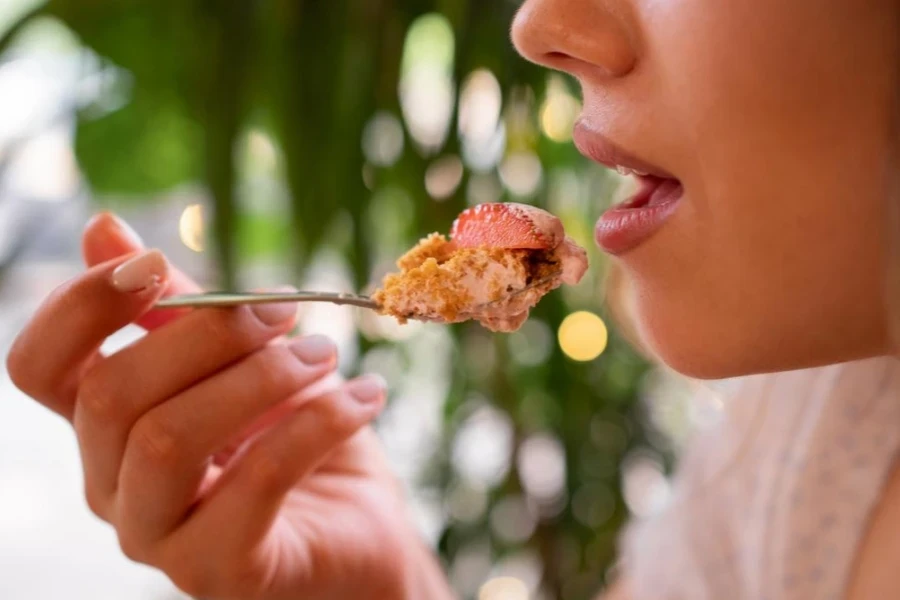
4. The Laughter Prescription: Why Absurdity Sells in Stressful Times
Humor as Cognitive Relief
A 2024 Journal of Consumer Psychology study found that stressed shoppers process humorous ads 22% faster and retain brand info 47% longer—a neurological shortcut exploited by these campaigns:
Amazon’s “Review Roulette” Spectacle
Building on 2023’s success, Amazon deployed Adam Driver to:
- Deadpan read actual customer reviews in ridiculous contexts (e.g., reciting a 2-star review for cat pajamas—“The ears make my tabby look like a demonic kangaroo”—while piloting a fake Mars rover)
- Launched Shoppable Comedy Clubs where comedians improvise routines using random products; viewers click to buy props mid-joke
Metrics: 73% higher CTR on featured products vs. standard ads, with 38% of buyers adding joke-related items (e.g., “demonic kangaroo” Halloween costumes) (AdAge, Dec 2024).
5. Digital-Physical Alchemy: Crafting Surreal Shared Realities
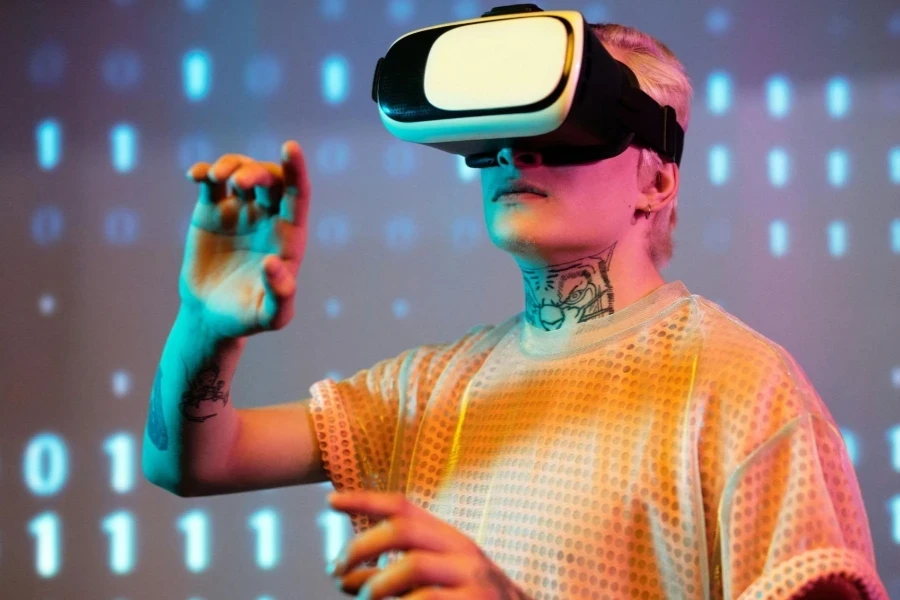
The Rise of “Phygital” Rituals
WGSN’s 2027 Playbook foresees “reality-blurring” as permanent, but 2024’s holiday campaigns offer a preview:
Lego’s “Cataclaws Christmas Invasion”
Lego didn’t just air a CGI ad—they unleashed a cross-dimensional crisis:
- AR-enabled boxes let kids “rescue” cities from the villain Cataclaws via mobile games (scan a set to make Cataclaws “attack” your room)
- Physical “Rebuild Kits” sold at registers let shoppers repair “damaged” displays (snap together bricks to fix a toppled Eiffel Tower model)
- User-generated rebuild videos became a TikTok challenge, with Lego donating sets to schools for every 100K posts
Legacy: 210% YoY social engagement growth, turning a product launch into a participatory movement (The Drum, Dec 2024).
Conclusion: The New Rules of Holiday Enchantment
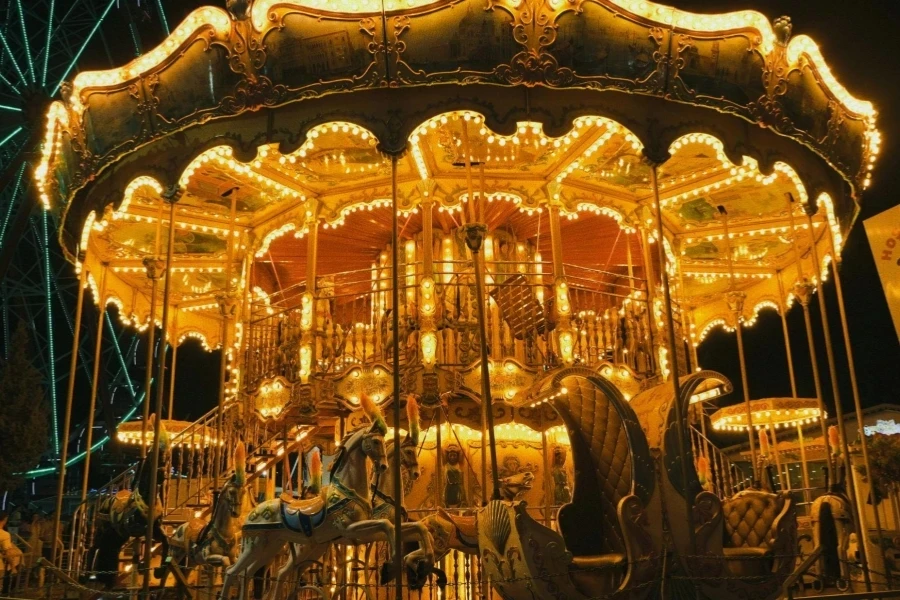
The 2024 season proves that price sensitivity and experiential depth aren’t opposites—they’re dance partners. Winning strategies all share three traits:
- Contextual Generosity: Discounts feel less like concessions and more like “plot twists” (Target’s elf hunts)
- Participatory Lore: Consumers aren’t just buyers but co-authors of brand stories (Lego’s rebuild ritual)
- Neurological Precision: Campaigns target specific brain regions—nostalgia (IPs), laughter (humor), wonder (AR)—with surgical accuracy
As we enter 2025, the question isn’t “How cheap can we be?” but “How meaningfully can we make every dollar feel?” The brands that master this emotional calculus will own not just holiday carts, but hearts.
